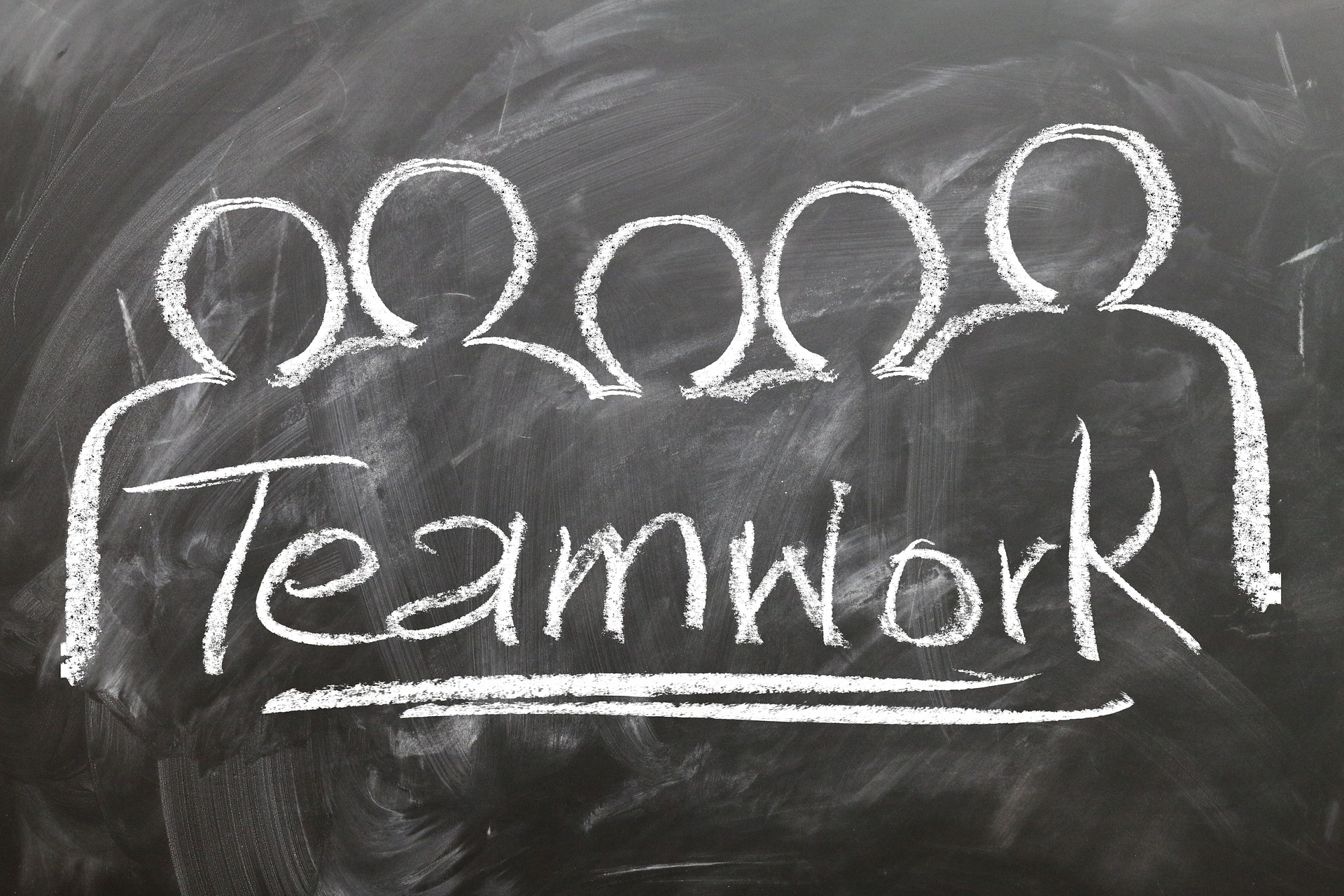Make Teamwork Work with Psychological Safety
Boost Employee Engagement with Effective Teams
Tuesday, July 11, 2017

Imagine this scenario played out two ways:
The frontline manager has assembled her team to work on a problem. Sales are down after a competitor opens across town. Everybody has been asked to analyze the numbers and share ideas on how to keep current customers loyal, recapture those customers who have gone to the competition and lure in newer customers.
- A. There’s a clear leader. Things look organized. The team is asked to share ideas. Ideas that sound a little crazy are laughed off. Someone takes notes and writes the “legitimate” ideas on the white board. The meeting is quiet, serious, and from the outside looks like everybody is on-task.
- B. The room explodes with ideas – everything from the absurd to ultra boring. It feels a little chaotic. People talk over each other. Ideas – all ideas – are written on the white board. Nothing is dismissed as “too crazy.” The meeting might go on a little too long. Everybody is participating. From the outside, it looks like not a lot is happening.
There’s a great mystery to what makes a good team click. And Google, the master of data collecting, spent years on PROJECT ARISTOTLE a bit of a Raider’s of the Lost Ark quest to discover the key to great teams.
After studying the team dynamics of over 180 teams at Google, Project Aristotle came up with … nothing. No two teams, successful or unsuccessful, looked alike. So they had to go a little deeper and discovered that all teams create norms … their own language. And there are two attributes that seem to stand out and make teams better:
- 1. “Equality in distribution of conversation turn-taking.” In other words, everybody gets a chance to share ideas. Everybody’s voice matters.
- 2. “High social sensitivity.” This means the team members are good at reading each others’ feelings. They can sense when somebody feels left out or offended.
Teams work when members feel they can take leaps, jump off cliffs, throw out the craziest of crazy ideas and know that they won’t be looked down upon. Basically, playing nice goes a long, long way.
So, the question is how to build a psychologically safe team. Next blog, we’ll discuss how to create a psychologically safe work environment, in turn boosting productivity and employee engagement. Get out your parachute!
RECENT BLOG POSTS
Tuesday, December 16, 2025
Tuesday, December 2, 2025
Tuesday, November 18, 2025
Tuesday, November 4, 2025
Tuesday, October 21, 2025
Tuesday, October 7, 2025
Tuesday, September 23, 2025
Tuesday, September 16, 2025
